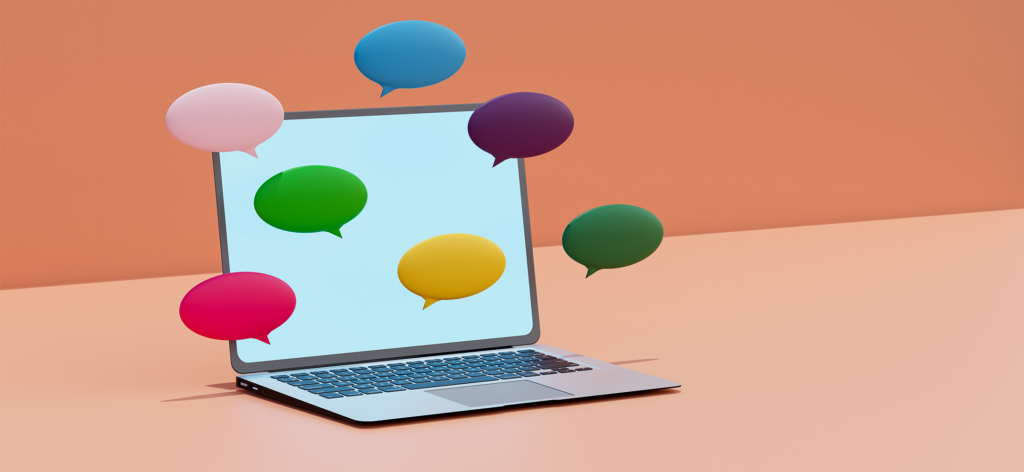A recent McKinsey report states that 71 percent of consumers expect a personalized experience, but efforts by companies often still fall short. That’s because personalization is not simple or straightforward – at least not today. Marketers, sales reps and customer service teams can harness next-best action models to ensure that customers are getting the truly personalized experience they demand.
AI-Powered Recommendations Are Everywhere
If you use Netflix, you are familiar with AI-powered recommendations (even if you don’t realize it). With over 7,000 TV shows or movies on the streaming service, it’s impossible for a user to find all the shows they want to watch. So Netflix helps them. With only a 90-second window to help viewers find a movie or TV show, Netflix leverages artificial intelligence and machine learning to recommend the right content for the right user based on that user’s usage patterns and preferences. And it works.
But it’s not just Netflix. Amazon leverages AI to recommend new products to purchase. All social media platforms, including LinkedIn, TikTok, and Meta (Facebook, Instagram), use AI and ML to surface content personalized to each user’s preferences.
The reality is that there is a lot of content, spread across many channels, with a lot of competition for attention. That’s a massive challenge for marketers. If brands can’t get the right content, message, or offer in front of their target customers at the right time, they will struggle to drive conversions, increase customer satisfaction, and build loyalty.
What Does Next-Best Action Mean?
Personalization is table-stakes for optimal digital experiences. However, many companies implement personalization at the persona or audience level, using information like demographics, website traffic, location data, and other similar attributes. It can work, but it’s not true one-to-one personalization.
Next-best action is a technique that uses data-driven insights and analytics from marketing, sales, customer service, and other departments to predict the next action brands should take with a consumer. By pulling together data from all interactions across all departments, and analyzing that data using machine learning and AI, a company can more accurately predict the right content, message, or offer a consumer might want or need next.
How Do Next-Best Action Models Work?
Next-best action requires several things to work correctly. First, it requires a single customer view (SCV) to understand the customer or buyer deeply. Second, it requires a real-time feedback loop that continually ingests new customer interactions, and adjusts insights based on those changes. Every interaction is captured: website visits, emails opened, links clicked, pages viewed, products viewed, past purchases, log-ins to a mobile application, in-store purchases, and so on. These interactions must be timestamped properly to understand the consumer’s correct flow of engagement across channels.
Finally, AI, machine learning, and predictive capabilities are required to process all this customer data and determine the right next-best action. These capabilities can analyze millions of data points, look for patterns, and make recommendations on preferred channels, the best time-of-day to reach out, and the message, offer, or content recommended.
Next-Best Action for Sales and Customer Service
A next-best action strategy works not only for marketing, but also for sales and customer service teams. For marketing, it helps determine the next piece of content to send, the next offer to make, or product to purchase. For sales, next-best action can tell a salesperson what additional products to recommend, or services to sell. For customer service, it can suggest the right content to send to encourage product use or new support services to provide.
The point is that the next-best action isn’t based on a persona or a general customer segment. Instead, it’s based on a customer’s specific interactions with the company, and continually adapts and improves over time.
“If you go to a website and trigger an email that goes out within 24 hours that says, “Hey, you might be interested in checking out our exhibit booth at the major medical conference coming up next month,” Anthony Manson, CDO, WebMD Medscape, said. “Then if they go to that conference, send them another thing that says, “Hey, would you like to join one of our free webinars with the leading medical experts in this in this field? You might know them. You went to medical school with them,” – and then invite them to the webinar. It’s all about triggering the next best message or action.”
How a CDP Helps Next-Best Action Activities
A customer data platform (CDP) ingests data from all your marketing, sales, and support systems, unifying the data to give you the necessary 360-degree view of the customer. Some CDPs also provide the AI, ML, and predictive modeling required to build next-best action models. In addition, the customer data is ingested in real-time, enabling algorithms to optimize and iteratively improve insights and recommendations.
For the right recommendations to be surfaced, the data must be good. But there is a lot of bad data, either unclean or poorly formatted. A CDP can provide data integration and cleansing capabilities that ensure the best data is used.
And then there’s the question of privacy. A CDP.com study of 2,500 US adults found that 81 percent were open to the use of AI, but 44 percent said it depended on the company. A CDP can help alleviate these concerns with strict privacy features and a first-party data strategy that allows customers to say when and how their data is used.
From Product-Centric to Customer Centric
Consumers are open to AI-powered recommendations. It’s already part of their everyday lives and increasingly a part of a good customer experience. Next-best action, aka, the steps a marketer, sales rep, or customer service rep should take to meet customer need, can help brands predict and anticipate consumer behavior to help drive deeper personalization.



